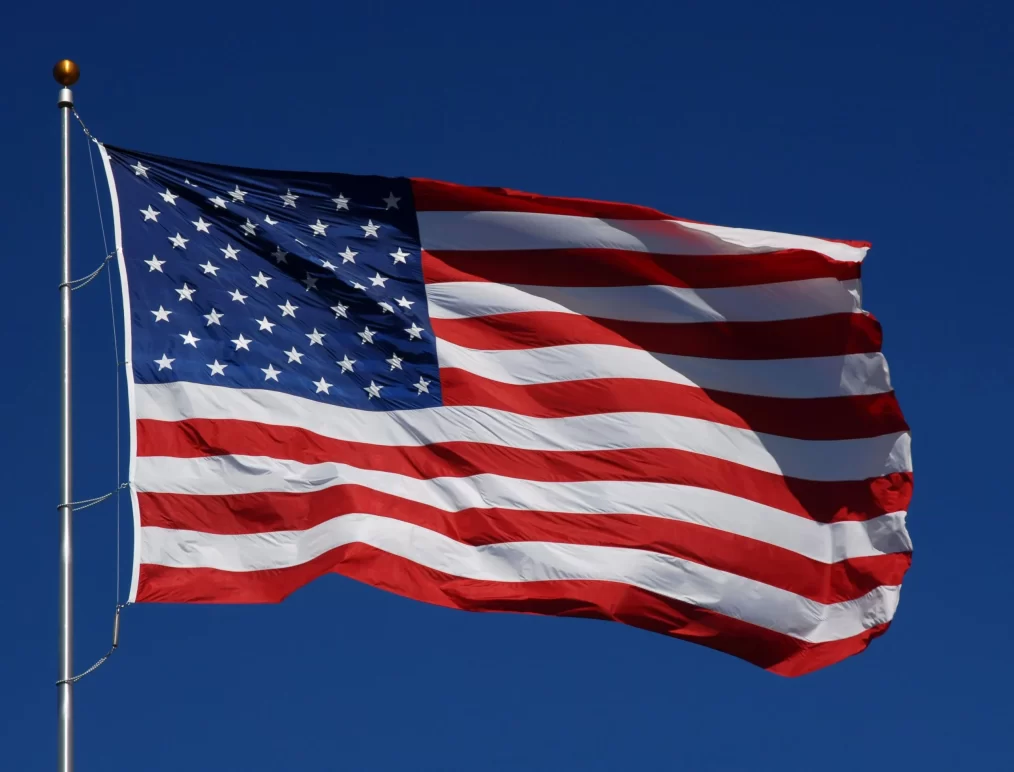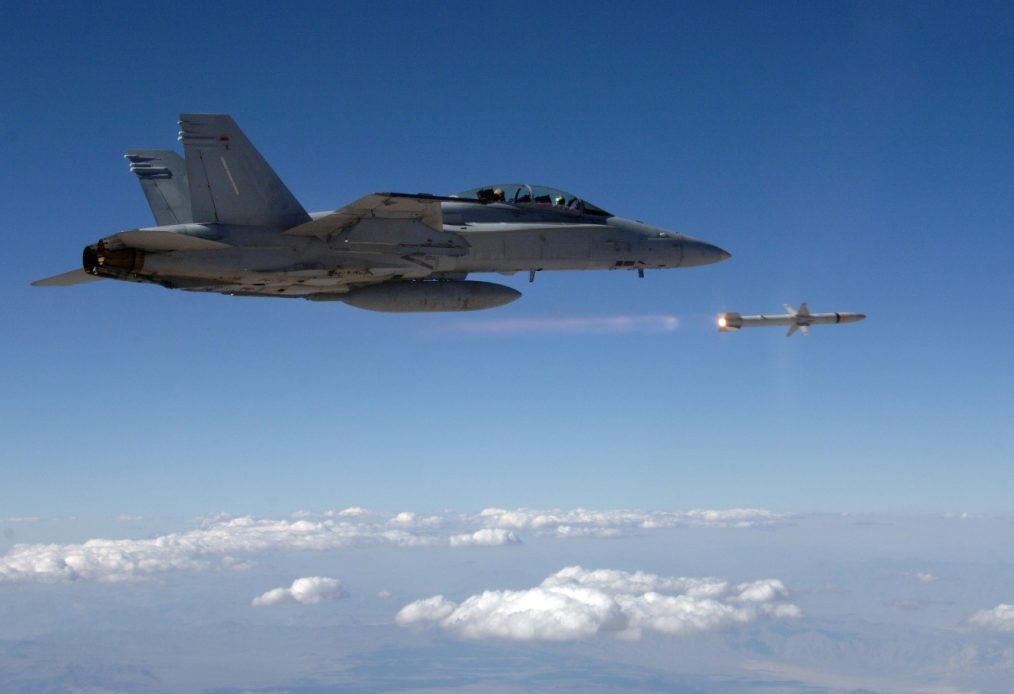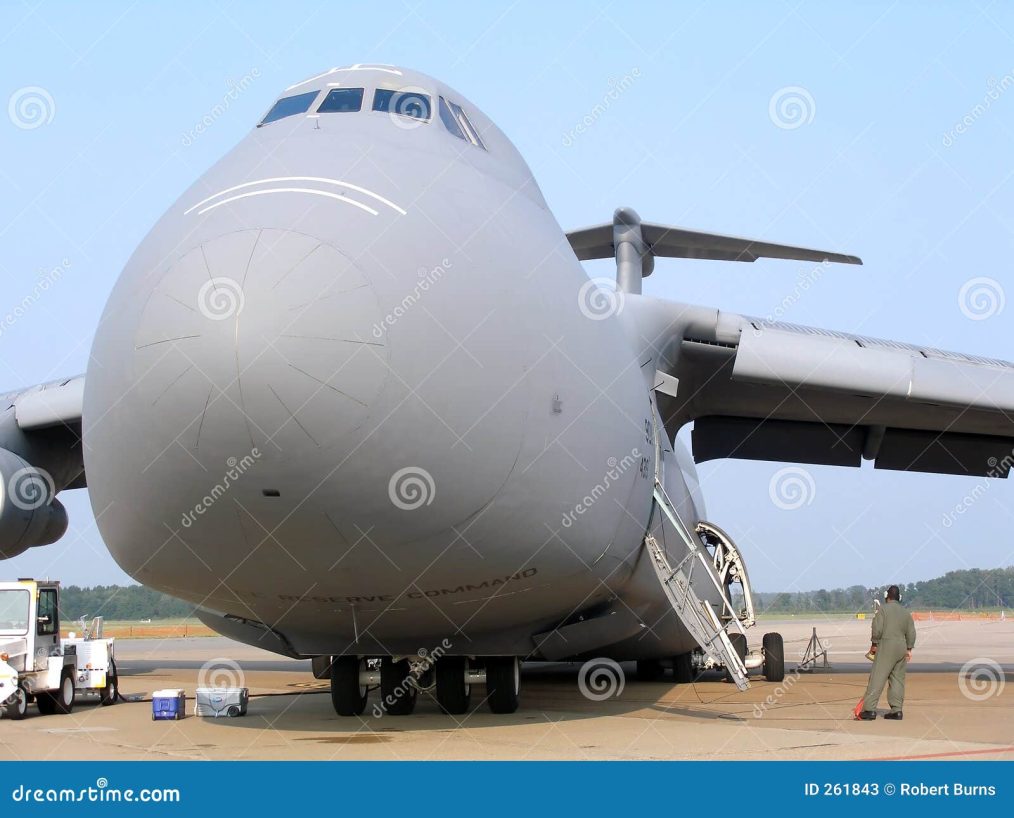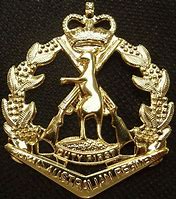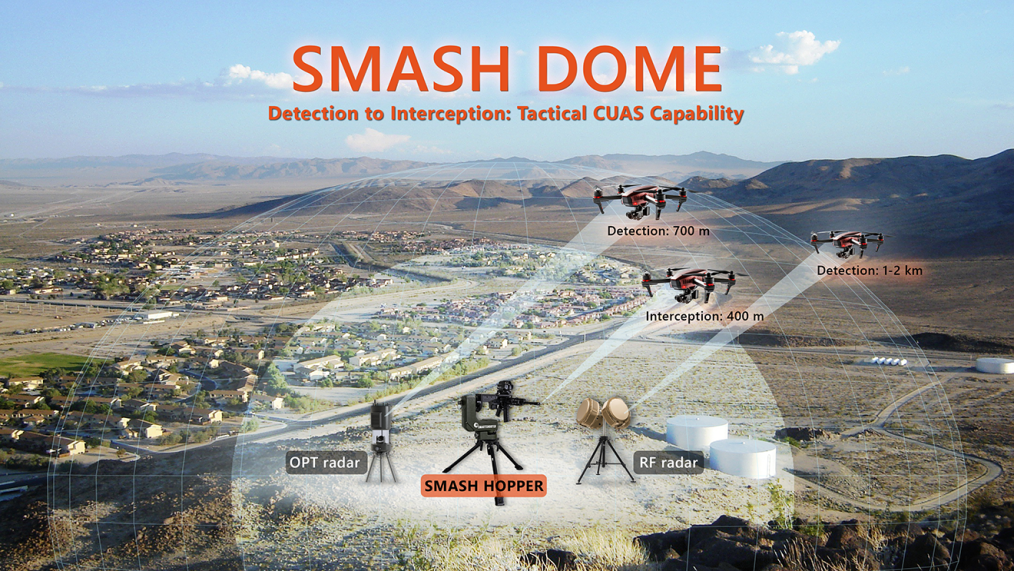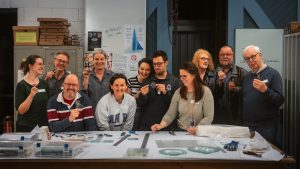ED: From my inbox – thank Ralf Schwer
By Mark Giaconia – Quora
My father is a Vietnam veteran with three purple hearts and a silver star. He is the toughest person I have ever known.
This is his story
My father volunteered to join the Army in 1968, he did not get drafted. He worked in a saw mill as a teenager, and grew up the son of poor Italian immigrants. He was raised in a quanset hut in Connecticut (yes there are poor people in Connecticut) until my Grandfather had enough money to build a house by hand with a couple of buddies in the late 50s or early 60s.
Once in Vietnam my father was wounded three times, but on the first two he never left the country even though he could have.
The third time defines toughness.
My father’s platoon, as part of a company operation, walked directly into a VC Base camp in southern Vietnam (my father was a grunt in the 2/60th of the 9th Infantry Division) roughly during the Tet offensive.
A VC Machine gunner fired on him from a concealed position that was no more than 15 feet away. One round instantly almost ripped his foot completely off, and it dangled mainly by the Achilles tendon. Another round destroyed my dad’s hand, and also another rendered his M16 inoperable because the bullet went through the bolt and destroyed the action. When he fell down from the impact, and somehow crawled a bit, he somehow escaped the wrath of that particular machine gun nest, but then he saw another in front of him, but this new VC machine gunner didn’t see him yet and was firing at others in his unit.
At this point, men were screaming in pain for help everywhere around my father, and the pain in his hand and leg grew, and he was weaponless. He had to get away from this new machine gun without it seeing him, and the only way to go was over the rice paddy dike that was about 10 feet behind him.
As soon as he moved one inch to begin his escape, that machine gun swung around on him and opened fire. My father only talks about this moment with me, and he only talked about it once or twice ever, and he literally breaks down with the shakes at the recollection.
As the bullets spewed at him, he jumped up, standing on the end of his ankle bone on his right leg, since the foot was flopping, and did the best he could to basically run and dive over the dike. In the process he was hit three more times. Once in the underside of his arm, shredding his bicep and part of his tricep, again in the shoulder, and another in the underside of his Jaw/face.
He landed in the mud on the other side of the dike and could feel his jaw swinging on his face, and his arm was pumping blood like a garden hose. He didn’t even feel the one in the shoulder at all.
His tongue and face began to swell so badly that he couldn’t breathe, so he somehow cut himself a trachea with a jackknife using his one good hand. He also packed his arm with mud to stop the bleeding because those Army bandages were totally useless.
the trachea didn’t work perfectly, so he occasionally had to grab his swollen tongue and pull it down so he could breathe a bit more, and he did this intermittently as he put his bayonet between his thighs, and hooked the pin on his grenades on the blade so he could pull the pin with his one hand and throw the grenades. He said he couldn’t talk, but he was trying to yell at “the sons of bitches” the whole time.
He crawled along the dike and got weapons from the dead, or from those who were so wounded they couldn’t function, and continuously fired them with one hand to hold the enemy back (they had started to advance through their kill zone basically). Multiple evac helicopters were shot down during this time, and eventually my father had lost so much blood he started to fade… he was going to die.
Out of nowhere, a huge black man from Texas named Cleaver, scooped up my father, and carried him to a chopper that had finally been able to land somewhere. This man barely knew my dad, given that he was black and this was 1968 so the platoon was kind of self-segregated. Cleaver saved his life, and I wouldn’t be here without him – today he would have gotten the medal of honor, but then he didn’t get a damn thing. This is a whole ‘nother story.
Cleaver ran through a hail of bullets, and threw my dad in a huey on top of other bodies, and that’s the last thing my father remembers until he woke up in a hospital in, IIRC, Okinawa (could be wrong on that).
Fast forward two years and hundreds of operations on his jaw, arm, hand, and ankle, my dad is released from the Army with a 300$ pension (they messed up his disability rate, but he “never expected to get any money anyway because he had volunteered”). He is missing a finger and has limited use of his right hand, and his ankle is fused together with a tangle of screws, and his jaw was bone graffed back together but was wired shut for almost a year.
He got a job in a factory in Deep River, CT, marries my mom, and has kids (me). In the late 70s and early 80s he still gets multiple operations, and I remember him shooting an M1 carbine out the window due to insane flashbacks (we lived in the middle of nowhere). He worked in this factory for 30 years.
Then something else happens to him. He somehow becomes deathly allergic to bee stings. He has three near death experiences with this, barely surviving one occasion. He always says, “I can take 5 machine gun rounds, but a goddamn bee sting is what’s gonna kill me… WTF”
He coached our school soccer and baseball teams for years from crutches, or a wheelchair, or both, and every year he coached we won the CT shoreline championships (soccer).
Then another thing happened. One day my grandfather and him were cutting wood in the forest, and a dead tree fell on him. Imagine the luck. You’re in the woods, and a dead tree decides to fall, right on where you are squatted cutting another tree. My grandfather yelled to him just in time for him to turn, and that turn allowed the tree to only graze him. He still was unconscious for several days in the hospital, had a massive concussion and other damage, but somehow lived.
He was also electrocuted once as well… but this post is getting too long already so I’ll stop there.
My dad is now 73, and his wounds don’t get any better, especially the mental ones. He met Cleaver later in life, and they were both so overwhelmed that they really didn’t know what to say, and then they never talked again, because it was just too emotional. He was awarded a Silver Star for his actions that day, but he really doesn’t give a shit about that medal.
I also forgot to mention that he is an amazing father, and one of the kindest people you would ever know. Half of what I’ve done, and do, in my life was/is just a pathetic attempt to impress him.
Now if that ain’t tough, I don’t know WTF is. Also, think about Cleaver, also tough AF.

